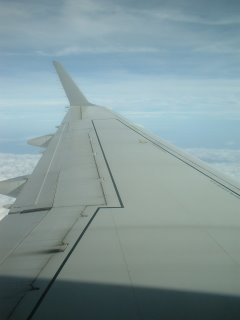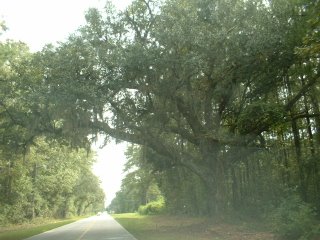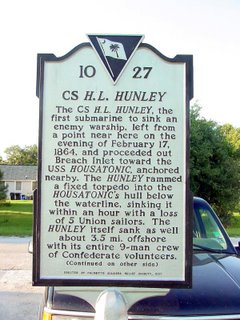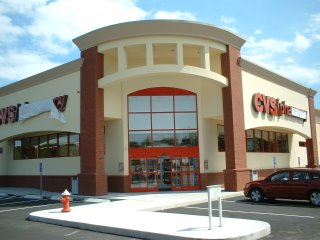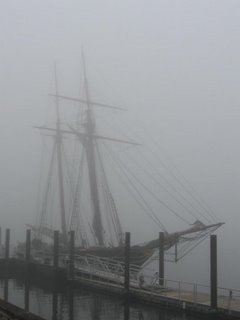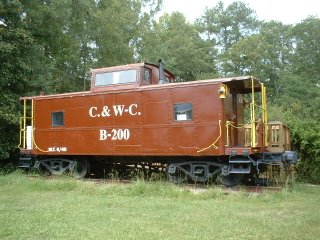
This caboose sits fully restored in the Varnville SC city park.
In 1894, the South Carolina legislature forced the financially ailing Central of Georgia to give up its railroad properties in that state. These were the Port Royal & Augusta Railway, which ran from the South Carolina coast to Augusta, and the Port Royal & Western Carolina Railway, which linked Augusta with Greenville and several other towns in the South Carolina piedmont.
The Central had gained control of the PR&A in 1881, primarily to prevent it from capturing freight traffic that otherwise might go via Central rails to Savannah. To further feed traffic to Savannah, the Central helped construct the PR&WC and soon gained control over it too.
Only about 14 miles of the two railways were in Georgia, but Georgia was seeing most of the benefit, according to South Carolina. After the Central was pushed out, the Charleston & Western Carolina was organized, in 1896, to operate the lines.
The Atlantic Coast Line gained control of the C&WC in the following year. It was not, however, until 1959 that the smaller road was merged into the parent line.
